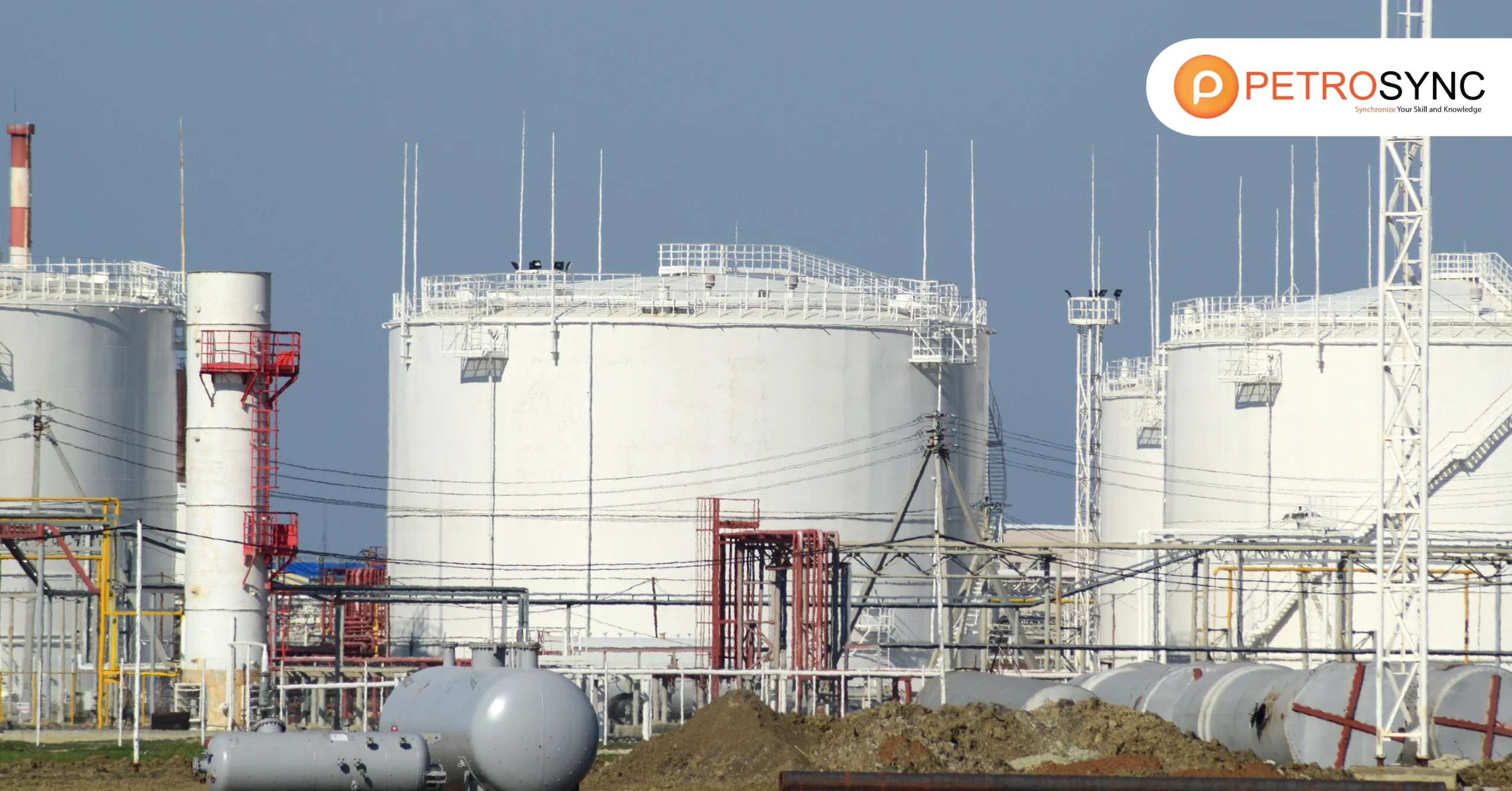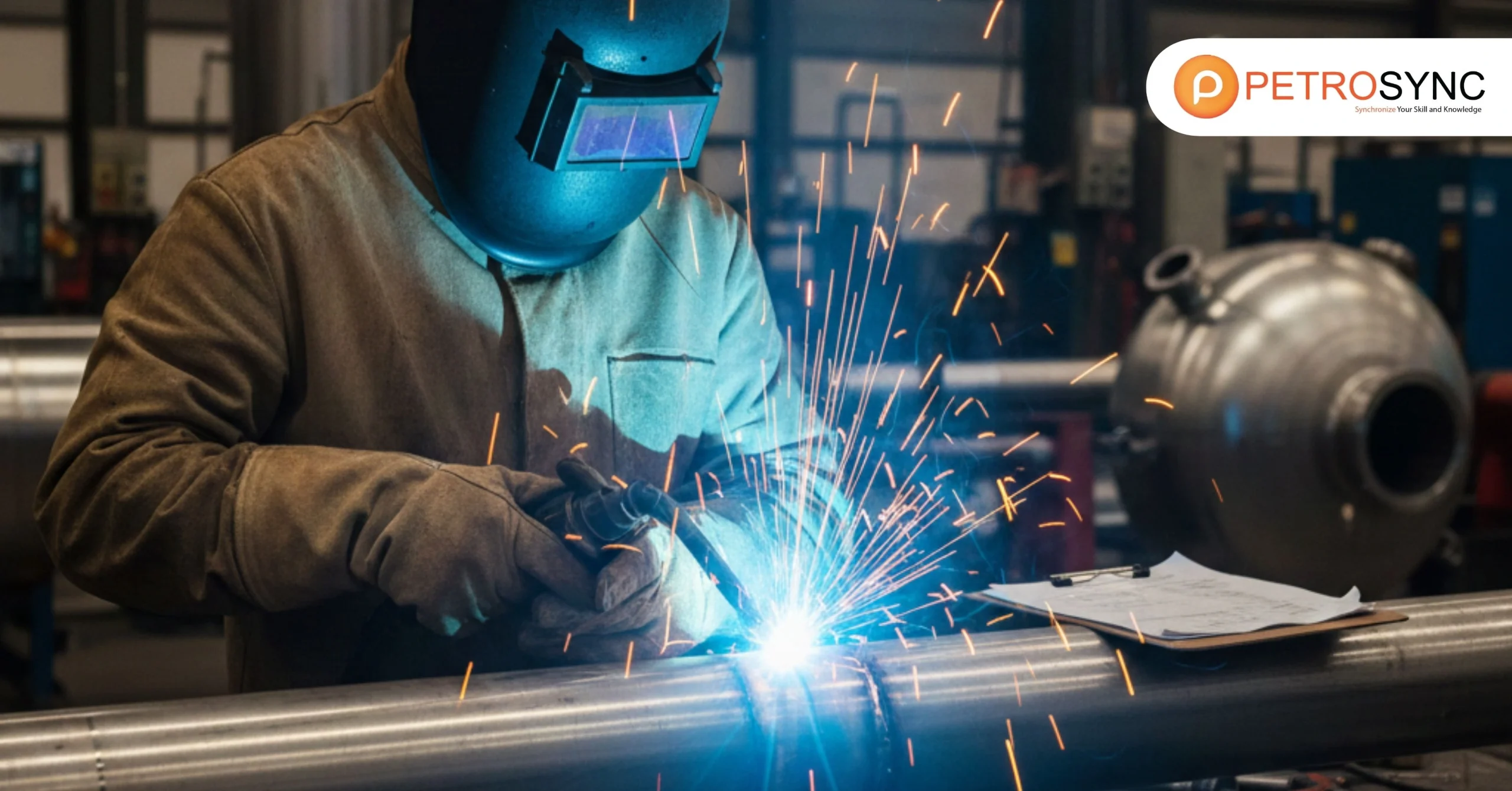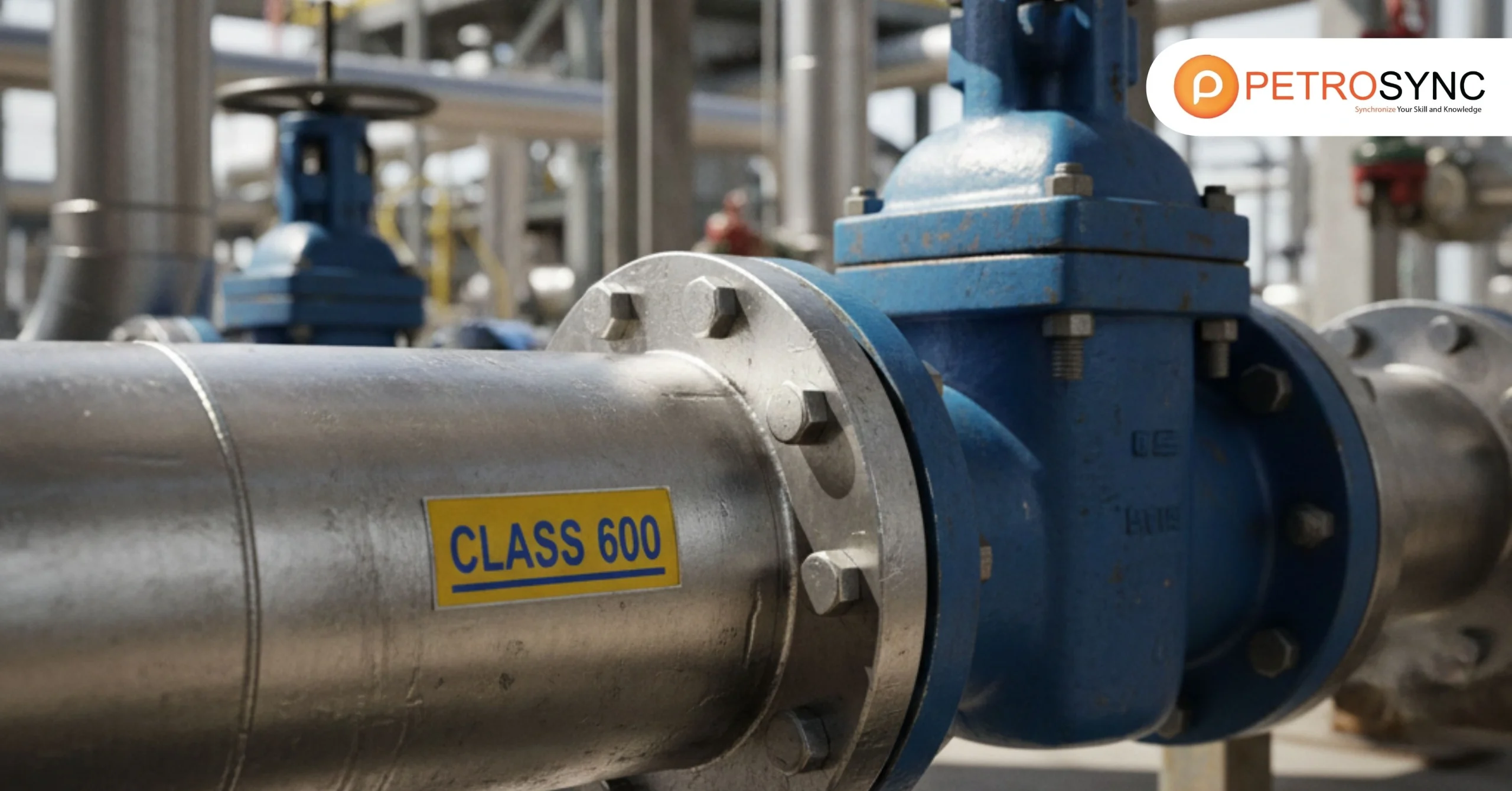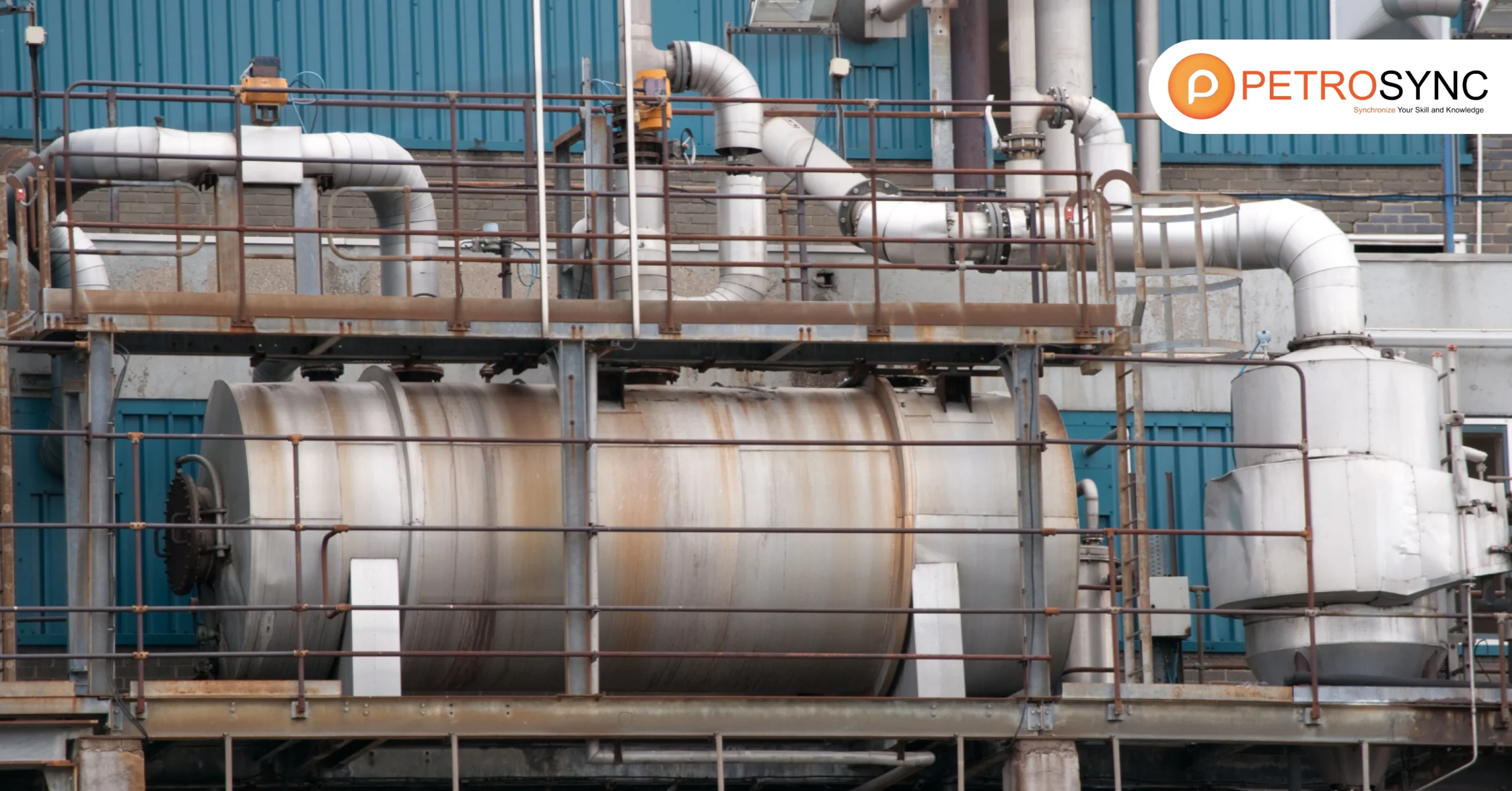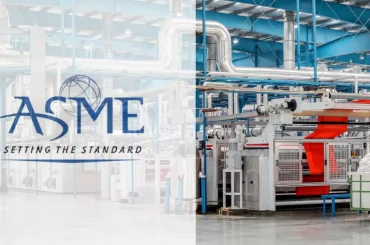The increasing urgency of combating climate change has brought new ideas to the forefront. Carbon capture, utilization, and storage (CCUS) has emerged as a game changer in the fight against global warming emissions. CCUS is more than a technological achievement; it is an important instrument for bridging the gap between industrial operations and sustainable practices.
By storing carbon dioxide before it enters the environment, CCUS aims to reduce global warming while also facilitating the transition to cleaner energy systems. But what does carbon capture, utilization, and storage entail? In this blog, we will look at what Carbon Capture, Utilization, and Storage.
Why it is important in clean energy transitions, how it works, and the fundamental differences between CCS and CCUS. Dive into the world of CCUS to discover how it will impact the future of energy and the environment.
What is Carbon Capture, Utilisation, and Storage (CCUS)?
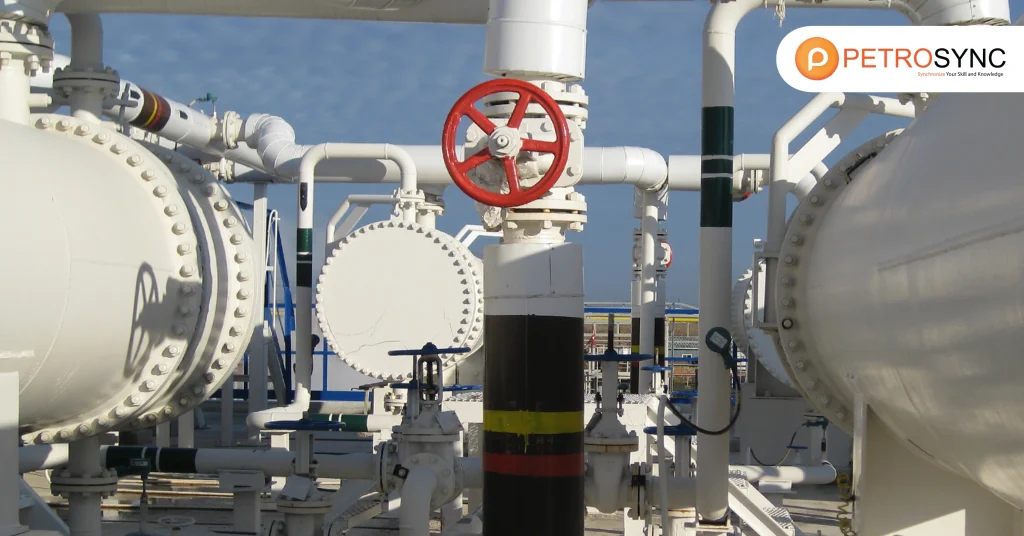
Carbon Capture, Utilization, and Storage (CCUS) is the process of capturing carbon dioxide (CO2) emissions from industrial sources and either storing them underground or recycling them for productive purposes. According to the definition of Carbon Capture, Utilization, and Storage, this technology is a cornerstone of climate mitigation strategies.
Carbon Capture, Utilization, and Storage is defined as the ability to prevent CO2 from polluting the atmosphere while repurposing it for industrial applications such as better oil recovery or the production of synthetic gasoline. CCUS provides a dual purpose and is critical to meeting global climate targets.
Using CCUS in processes can minimize carbon emissions, help achieve net zero targets, and promote sustainable growth. Deploying this technology has become crucial for achieving net-zero goals.
What is the Role of CCUS in Clean Energy Transitions?
The shift to renewable energy demands reducing reliance on fossil fuels while maintaining global energy demand. Carbon Capture, Utilization, and Storage tackles this issue by enabling existing sectors to function in a sustainable manner while expanding renewable energy infrastructure.
One major task of CCUS is to reduce emissions from difficult-to-abate industries like steel, cement, and chemical manufacture. These businesses commonly employ processes that naturally release CO2. By absorbing and storing emissions, CCUS helps to maintain production stability while meeting climate targets. Furthermore, CCUS allows for the use of hydrogen as a clean energy source.
Blue hydrogen, which is produced by natural gas reformation and carbon capture, has the potential to be a solution for energy transition. This highlights how CCUS technology works alongside other technologies to build a comprehensive path to sustainability.
How Does CCUS Work?
Understanding carbon capture, use, and storage starts with the process. CCUS comprises of three main steps: capture, utilization, and storage. Each step is crucial for good CO2 control.
Capture: CO2 is recovered from industrial emissions or from the atmosphere by advanced chemical, physical, and biological methods.
Utilization: The captured CO2 is either recycled for industrial use or transformed into valuable items such as fuels, building materials, and polymers.
Storage: Excess CO2 is safely stored in geological formations such as depleted oil fields or saline aquifers, where it remains separate from the atmosphere.
CCUS provides a viable and scalable answer to climate change mitigation by tackling emissions at their source and developing unique CO2 applications.
What is Carbon Capture Utilization and Storage CCUS Policy?
Effective policy frameworks are required for widespread implementation of CCUS. Governments around the world are implementing incentives, rules, and financial initiatives to encourage CCUS deployment.
Many localities are giving tax breaks to encourage businesses to use CCUS technology. Meanwhile, international efforts are intensifying, with new legislation aimed at standardizing carbon accounting and allowing cross-border carbon storage.
These policies not only encourage scientific progress, but they also generate economic opportunity. Businesses that work towards CCUS objectives can get access to funding, reduce operational risks, and comply with environmental standards.
What is the Difference Between CCS and CCUS?
While CCS (Carbon Capture and Storage) and CCUS share certain characteristics, the key differentiator is the “utilization” component. CCS concentrates solely on capturing and storing CO2, whereas CCUS includes the step of repurposing CO2 for industrial use.
This distinction makes CCUS a more adaptable and cost-effective choice. By converting captured CO2 into useful products, CCUS lowers the cost of deployment while increasing commercial attractiveness.
Understanding Carbon Capture, Utilization, and Storage reveals its deeper implications. CCUS is not just about emissions reduction; it’s about creating a circular carbon economy that benefits both the environment and industry.
Join PetroSync Training for Expert Insights and Growth
Are you interested in learning more about carbon capture, utilization, and storage? PetroSync offers specialized training programs for professionals in the energy, engineering, and environmental industries. Our courses provide detailed information about CCUS technologies, legislation, and business applications.
PetroSync will provide you with the knowledge and skills necessary to navigate this disruptive industry and generate genuine change in your firm. Advance your career while contributing to a more sustainable future.

Results-oriented and thorough SEO specialist with extensive experience in conducting keyword research, developing and implementing digital website promotion strategies and plans, managing campaigns to develop company websites in the digital world, excellent knowledge of marketing techniques and principles, and attentive strong attention to detail.

